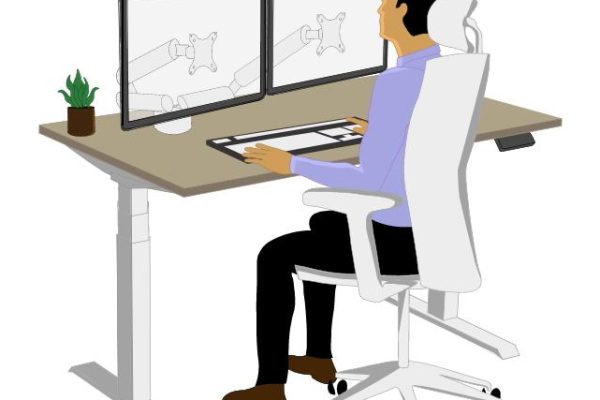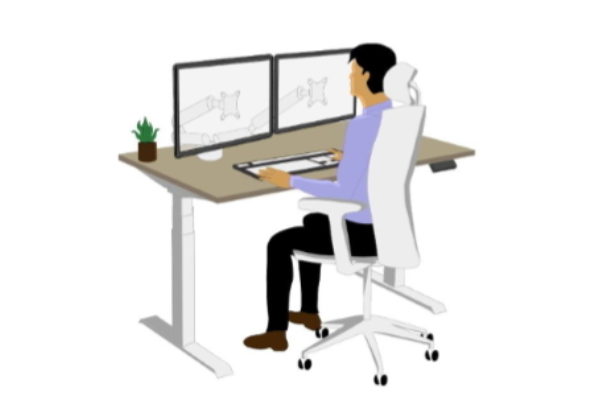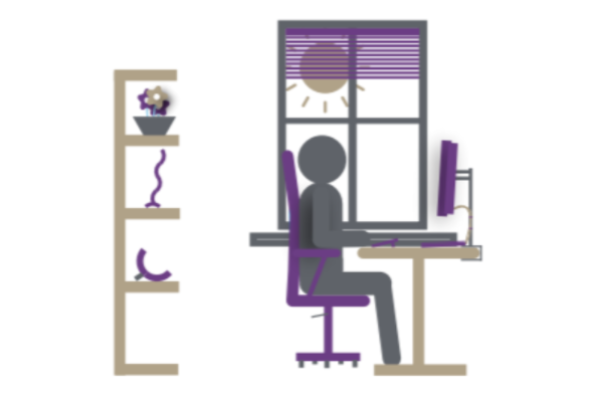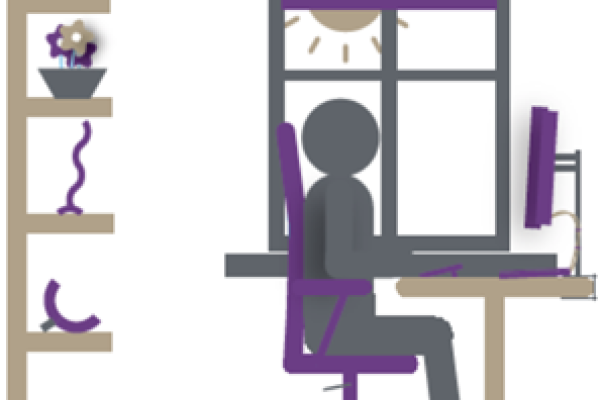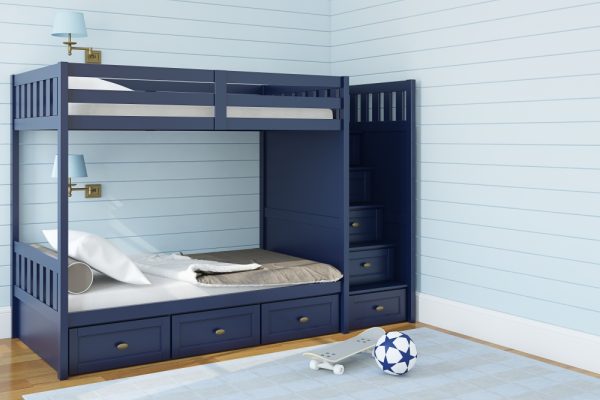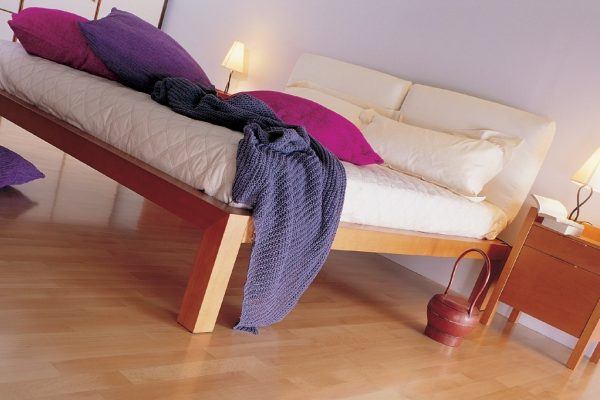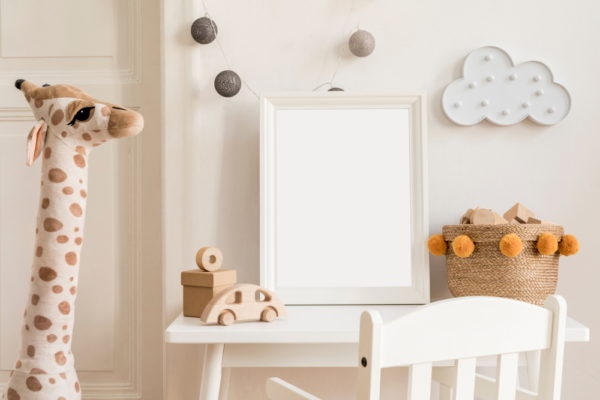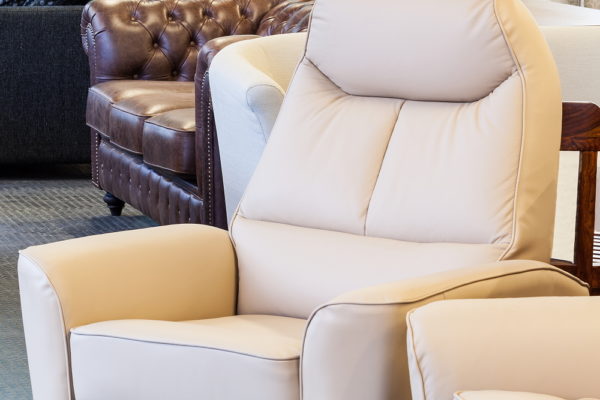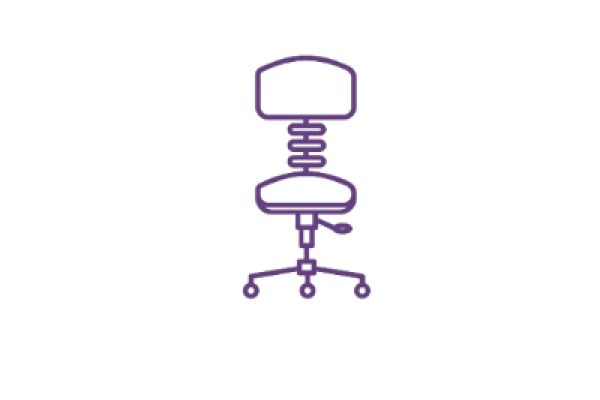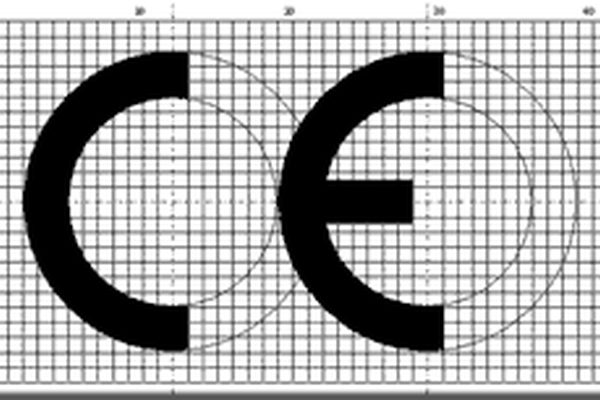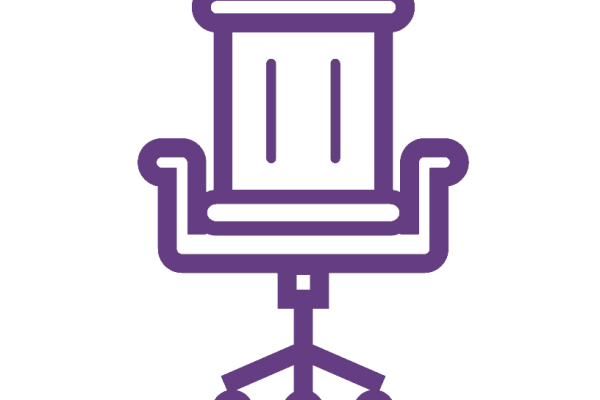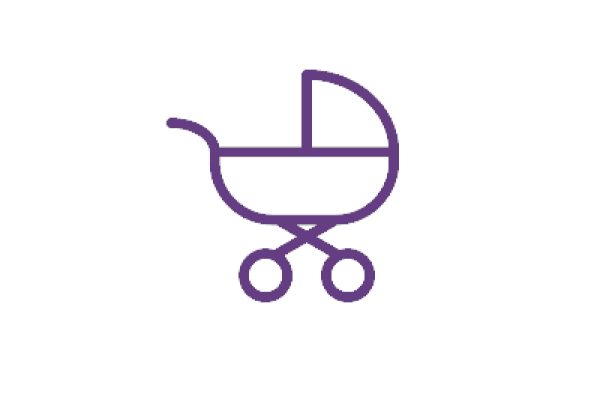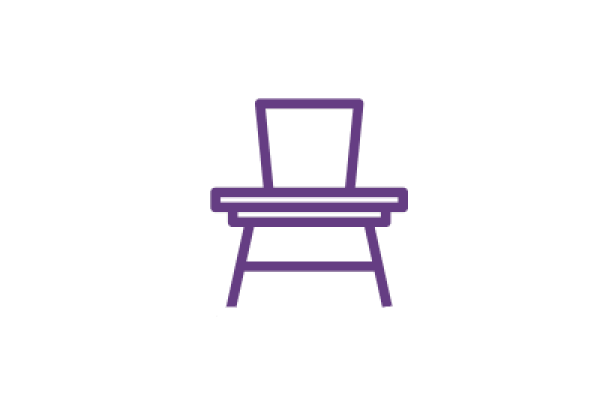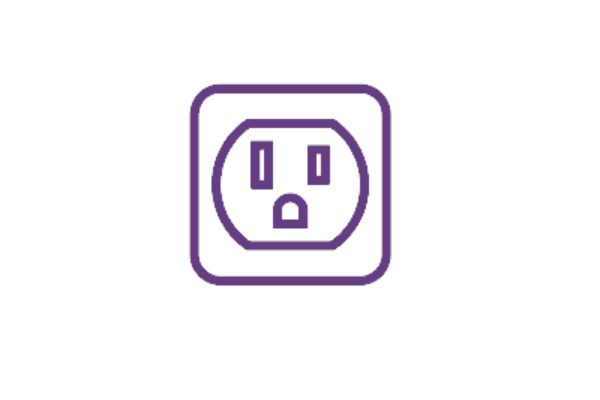Archived News Article
New standard proposal
How to address shear and compression risks in electrically operated furniture: proposal for developing a new standard
Earlier this week (2 Nov 2020) Working Group 9 of CEN unanimously (29 votes from 10 countries) agreed to initiate a work item for developing a standard to address shear and compression issues in electrically operated furniture (e.g. desks, chairs, beds, kitchen units) by a group of European experts led by FIRA International's Ergonomist Levent Caglar.
The task of this project group (PG2) is developing very quickly a European Standard for the entrapment, shear and compression risks posed by electrically actuated furniture. The aim is to have this standard to be a harmonized standard under the Machinery Directive. At the moment, there are no standards specifically addressing the entrapment, shear and compression risks posed by electrically operated furniture to the users who under the Machinery Directive include adults, children and pets alike. This makes the compliance to the ESHR (essential safety health requirements) of the Machinery Directive difficult for manufacturers and importers of electrically actuated furniture.
The background to this is that in 2017 the guide to the Machinery Directive was amended to re-instate that electrically operated furniture is classified as a 'machine'. Currently, CENELEC is working on the electrical side of the product by modifying the IEC standard, IEC 60332-116: 2019 Household and similar electrical appliances. Particular requirements for furniture with electrically motorised parts. This does not adequately cover the entrapment, shear and compression risks. Therefore, there is an urgent need for a European standard developed by experts in the furniture sector.
The CEN project group has already started their work by initially looking at body parts at risk and the availability of anthropometric data on body part sizes and forces these body parts can sustain without the risk of serious injury. If you have any information relating to the work of this Project Group, such as data on the forces or pressures body parts can sustain and methods/equipment you may be using to measure these will be welcomed by the Project Group.
For further details email info@fira.co.uk


